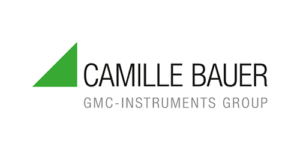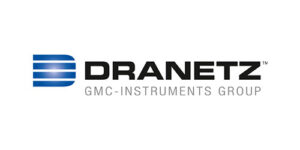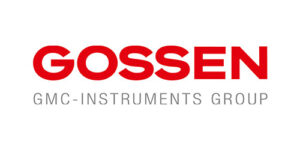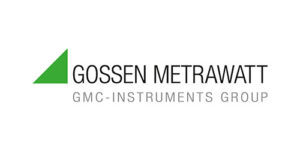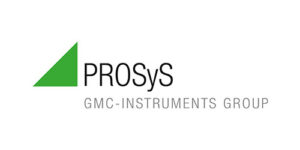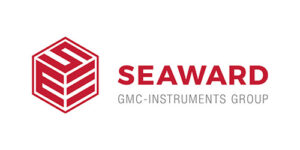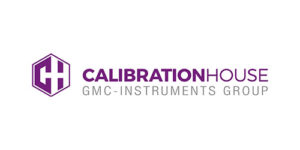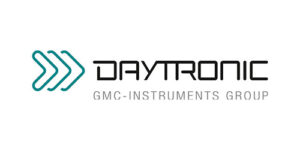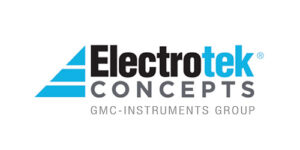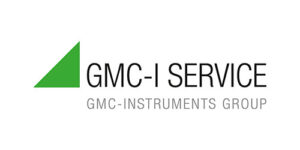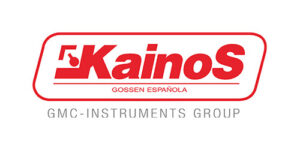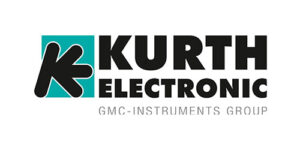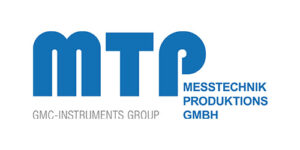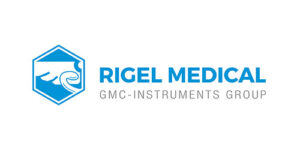Dranetz and sister company Electrotek Concepts have been contributing to a smarter grid long before it became a household word. Our smart grid sensors, systems and software provide valuable data, statistics and advanced analysis to improve grid stability, automatically locate faults and intelligently manage your system.
-
Automatic Fault Identification, Classification and Location are Key Elements of Smart Grid
Dranetz Smart Grid solutions enable you to improve reliability and dependability – efficiently detect and locate faults, reducing the response time by hours.
Related products: HDPQ-DN, 61000, PQView DE, PQView
-
Dranetz Power Quality Tools are Ideally Suited for Wind Power and Other Alternative Energy Interconnection and Characteristics.
We provide the necessary tools for onsite troubleshooting and engineering studies performed by plant manufacturers, owner technicians, service organizations and consultants.
Related products: HDPQ family, Dran-View, 61000, PQView DE, PQView
-
Commissioning is an Essential Element to Any Project
Solar power plants have unique requirements due to the native DC voltage of solar panels. Unlike most power monitoring instruments, Dranetz products are fully capable of measuring and monitoring DC voltage and current. Related products:
Related products: HDPQ Guide/Xplorer, PQView DE, PQView
-
Automatically Identifying the Source and Directivity Events on the Network is a Huge Benefit.
Intelligent Answer Modules®, available only from Dranetz, require no user intervention and quickly characterize recorded data.
Related products: HDPQ family, Dran-View, 61000, PQView DE, PQView
Dranetz has been applying Smart Grid and utility solutions for almost two decades. Our sensors and analysis software solutions help utilities around the globe to enhanced reliability, optimize asset utilization and efficiency, reduce widespread outages, improve Power Quality, reduce vulnerability and integrate alternative energy into their networks. Such systems must also provide interoperability within the utility and substation environment.
Efficient fault prediction, location and identification are essential benefits when applying PQ instruments, sensors and software. Dranetz solutions can automatically detect faults and, by using your networks topology/design characteristics can locate a fault presenting results in a Geographic Information System (GIS) to quickly dispatch crews to the proper location for repair, taking the guess-work out of fault location.
Such tools not only locate faults but can proactively prevent faults altogether by identifying the tell-tale signs of pending failures such as insulation breakdown and other deterioration or failures that can be predictors of faults.
Alternative energy sources such as wind and solar generation are becoming more common each day. Other, less common sources such as tidal generation are in the experimental stages along with energy storage technologies that hold energy for future and peak use. Each technology has unique characteristics and interconnecting to the grid is a very common are of concern today. Assessing the impact on the quality of the supply, fault tolerance, vulnerability to interruption and other areas are of great concern to utility operators. Clean energy doesn’t always equal clean power. Power flow and metering are important and obvious items to attend to but alternative energy sources must be compatible with the grid environment and enhance the system not put it at greater risk for failure. Areas of great concern are voltage stability, harmonics and Flicker. Dranetz provides the tools to make such assessments in an easy to use, cost effective manner. Our solutions are fully compliant with current industry standards such as IEC61000-4-30, IEC61000-4-15, IEC61000-4-7, IEEE1159, IEEE519, IEE1453 and others.
Smart Grid solutions must also have a high degree of interoperability within the entire utility system. Related systems must easily and efficiently work together and share information and data to make the most out of utility assets. Dranetz has been an industry leader in interoperability, taking part in the development of the IEEE1159-3 Power Quality Interchange Format (PQDIF) which allows systems to share PQ data and information in a standard form.



